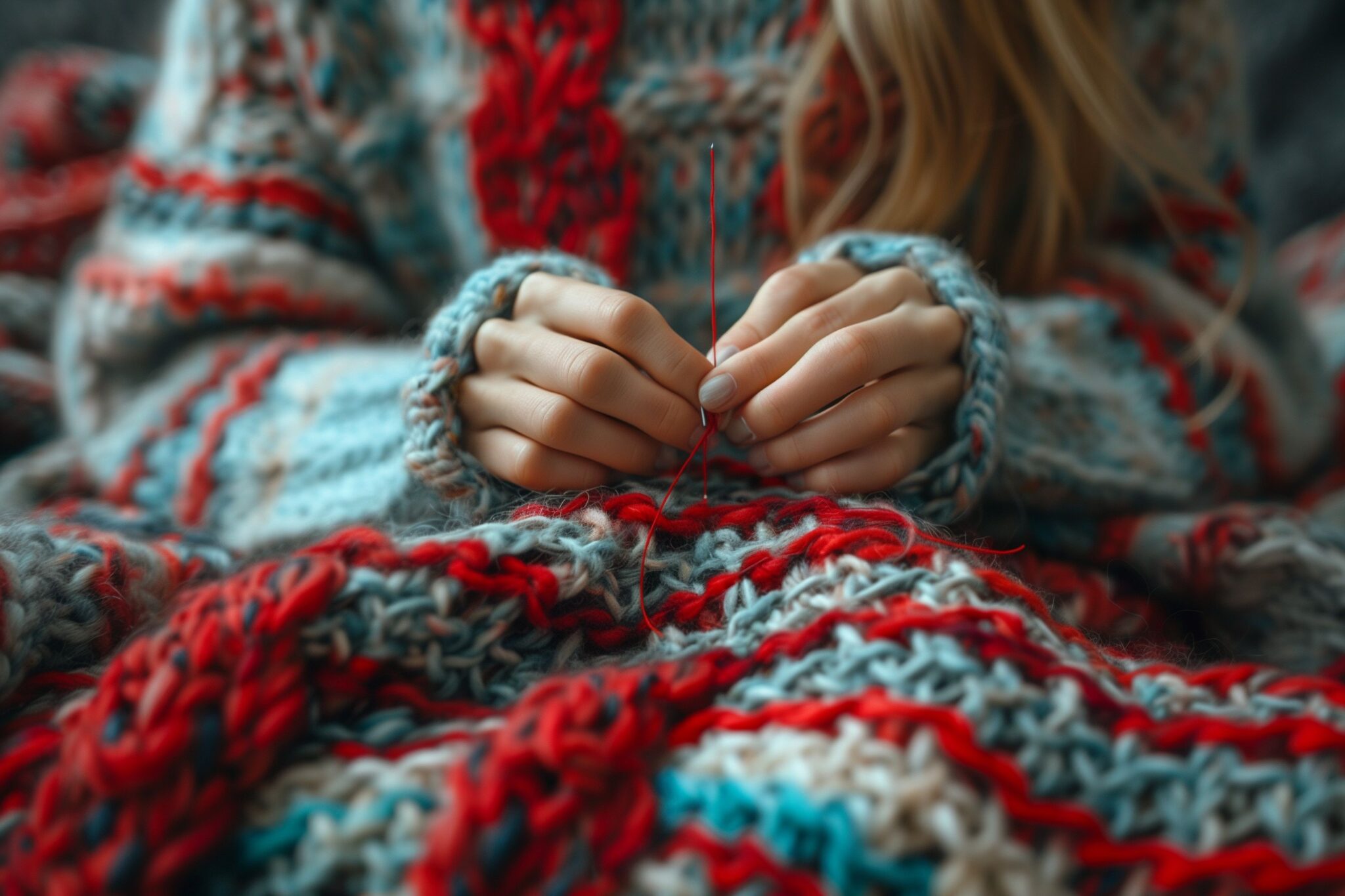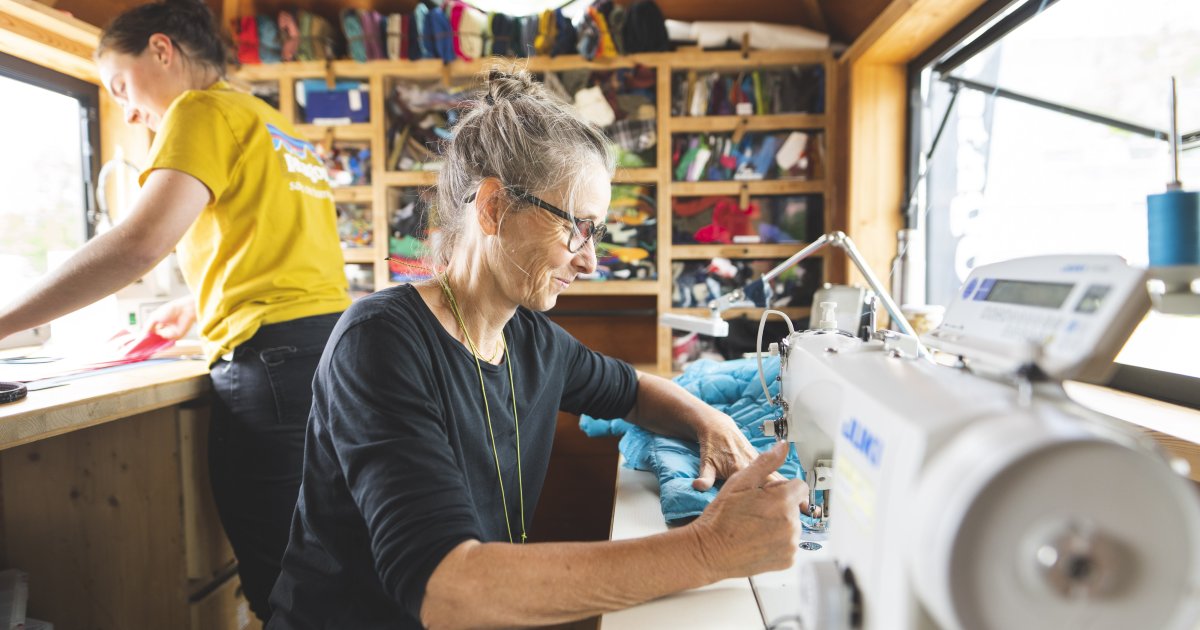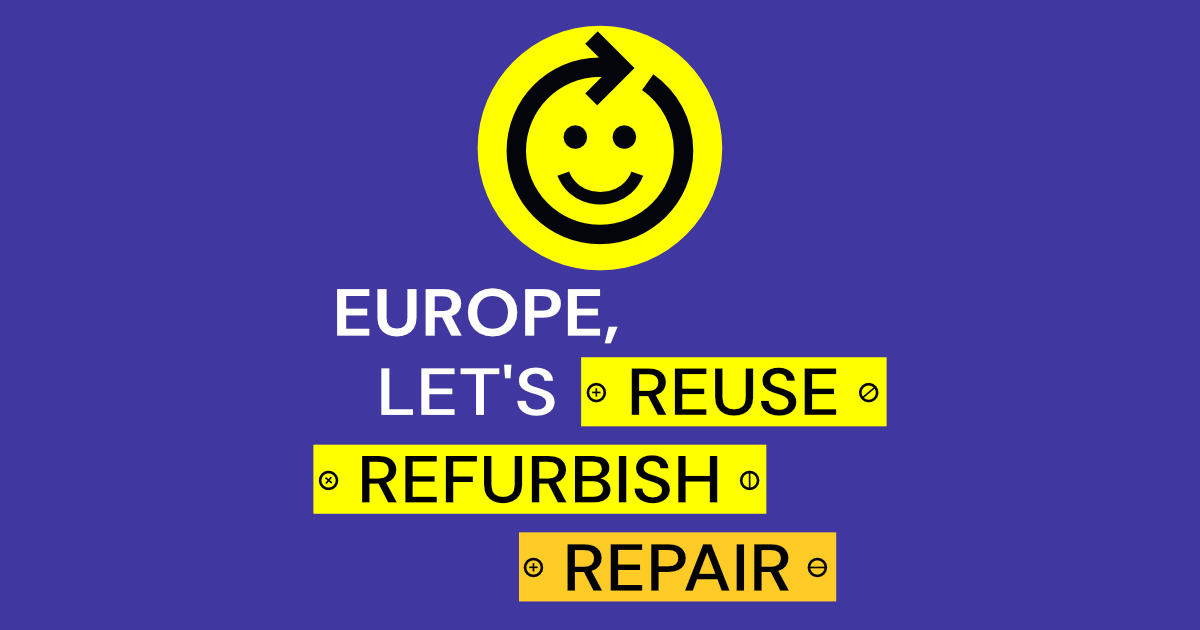In a world increasingly burdened by waste and resource depletion, repairing instead of replacing broken items offers a powerful way to make a difference. The EU’s “Right to Repair” legislation, supported by Germany’s efforts to encourage repairs, aligns with the growing movement to reduce waste and make repair services more accessible and attractive to consumers. As part of this initiative, the European Parliament aims to introduce easier access to information on how to repair products, offering incentives such as extended warranties and reduced costs for repair services.
This movement is crucial because it challenges the fast-paced consumer culture that promotes frequent disposal of goods. By shifting the focus to repair, it helps minimize the environmental impact of overproduction and waste, especially in sectors like electronics and textiles.
Patagonia’s Worn Wear program is a shining example of a brand actively promoting the repair philosophy. The program, launched in 2013, encourages customers to repair their outdoor gear instead of replacing it. Patagonia offers free repairs on items like jackets, backpacks, and trousers, and even provides DIY repair tutorials through a partnership with iFixit. Their mobile repair tours travel across various locations to offer free repairs, extending the life of garments while educating people on how to maintain their belongings. Notably, Patagonia repairs up to 50,000 items annually.
This program highlights Patagonia’s commitment to sustainability, demonstrating that keeping products in use for longer not only saves resources but also drastically reduces carbon emissions. By extending the life of clothes by just nine months, consumers can reduce their environmental footprint by up to 30%.
Several other brands have followed Patagonia’s lead, embedding repair services into their business models:
- Filson offers lifetime repairs on select apparel, promoting durability and long-term use of its products
. - Deuter, a German backpack company, provides free repairs on any of its products, regardless of age, to extend the lifespan of its gear
. - Cotopaxi focuses on circular commerce, allowing customers to trade in their used gear for repair or resale, further reducing textile waste
How You Can Get Involved
Participating in this movement is easy and can be done in various ways:
- Learn basic repair skills: Start with small repairs like sewing buttons or fixing zippers. Online platforms like iFixit provide free tutorials for DIY repairs.
- Support brands that prioritize repair: Look for companies offering repair services as part of their sustainability efforts. Brands like Patagonia, Filson, and Deuter are great examples.
- Take advantage of local repair services: Many cities now offer repair cafés where people can bring broken items to be fixed by volunteers.
By embracing repair, you are not only reducing waste but also promoting a more sustainable future. Every item you repair contributes to a reduction in waste and resource consumption, making it an impactful personal choice in the fight against climate change.








